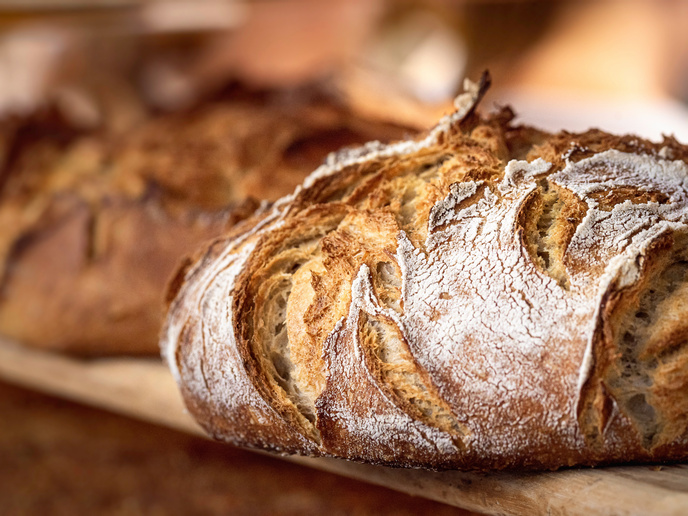Role of phosphorus and zinc in root uptake of nutrients
The EU-funded project ZIPRU (Zinc interaction with phosphorus in root uptake) investigated the interactions of Zn and P in the mineral nutrition of wild cabbage (Brassica oleracea). This species has been bred into a wide range of crops, including broccoli, cabbage, kale and cauliflower. Researchers studied nine B. oleracea genotypes with different responses to Zn and P fertilisers. The yield, root architecture, and Zn and P concentrations in tissues were determined for plants grown in agricultural soils, commercial composts, nutrient solutions, and on blue germination paper. A pot experiment using three different soil types showed that P and Zn uptake depended more on soil type than P and Zn fertiliser applications. In commercial composts, Zn concentrations in shoots had a negative correlation with shoot P and yield. A study of Zn uptake and root architecture was also conducted using hydroponics. It revealed that the C6 genotype had greater biomass, lower Zn concentrations in roots and shoots, greater exudation of organic compounds by roots, and fewer and shorter lateral roots than the F103 genotype. Results also indicated that P and Zn concentrations in the shoots of B. oleracea were governed more by soil type than by applications of P and Zn fertilisers. However, when plants were given supra-optimal Zn, shoot P concentration and B. oleracea yield declined with increasing shoot Zn concentration. ZIPRU work will provide the basis for crop breeding programmes that combine improved P use efficiency and increased shoot Zn applications. Project outcomes will therefore help to optimise the application of Zn and P fertilisers, increasing both yield and Zn concentration in edible produce and maximising crop production and nutrition in humans and livestock. Furthermore, reducing the application of P fertilisers will promote sustainable agriculture by preserving non-renewable resources whilst protecting the environment.







